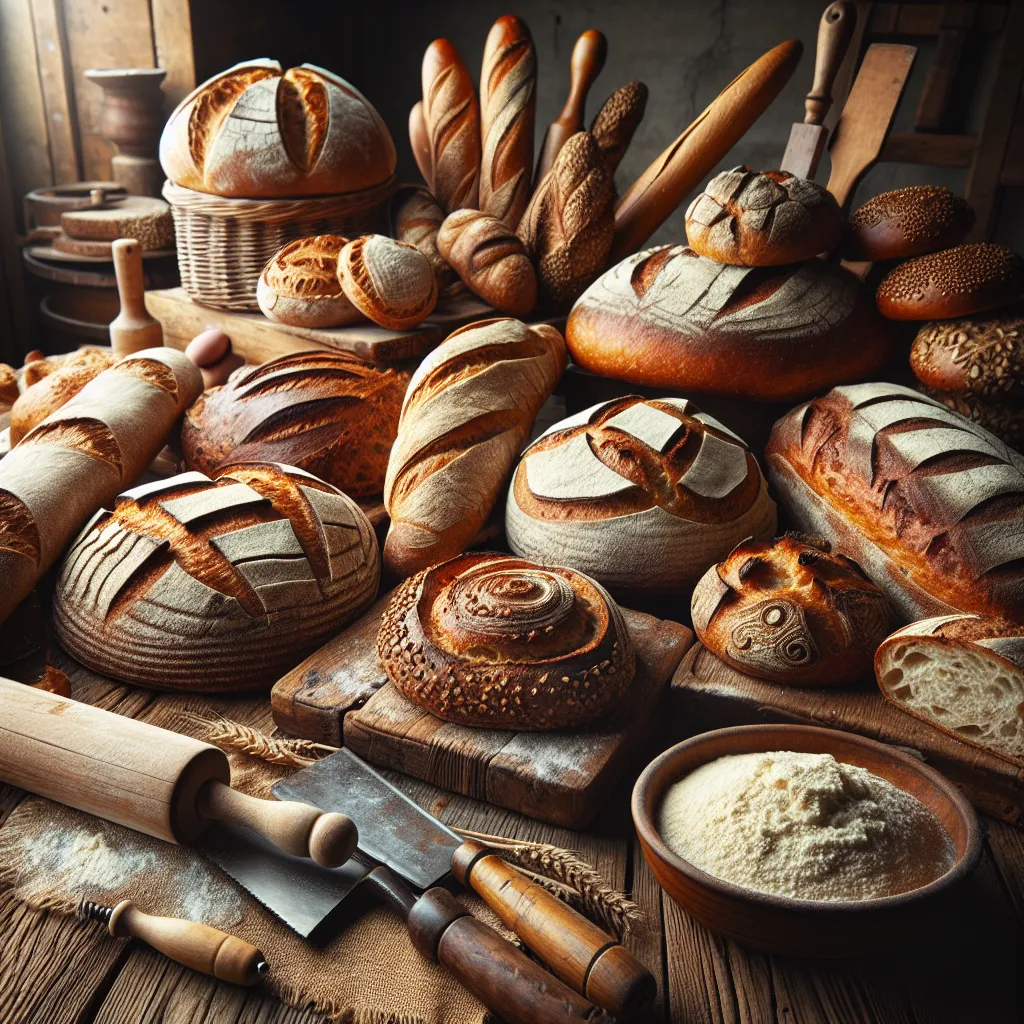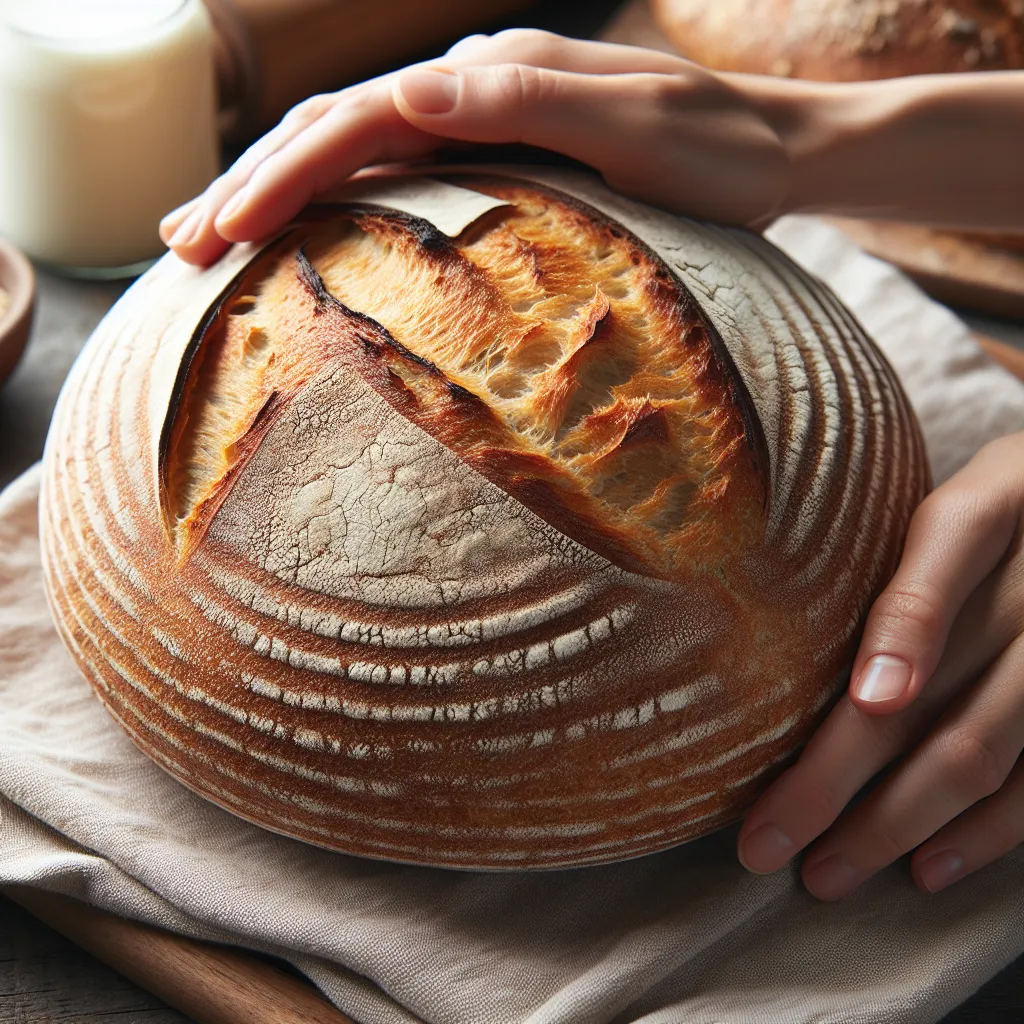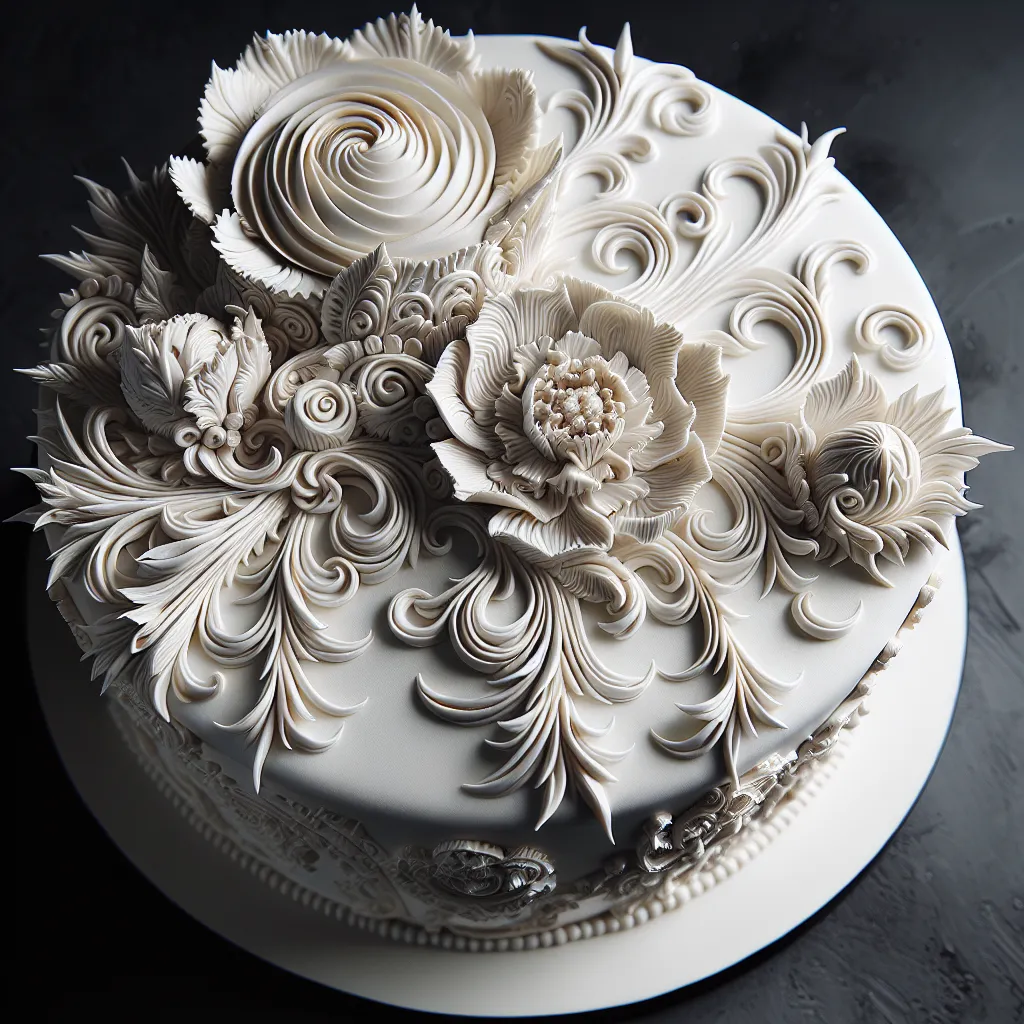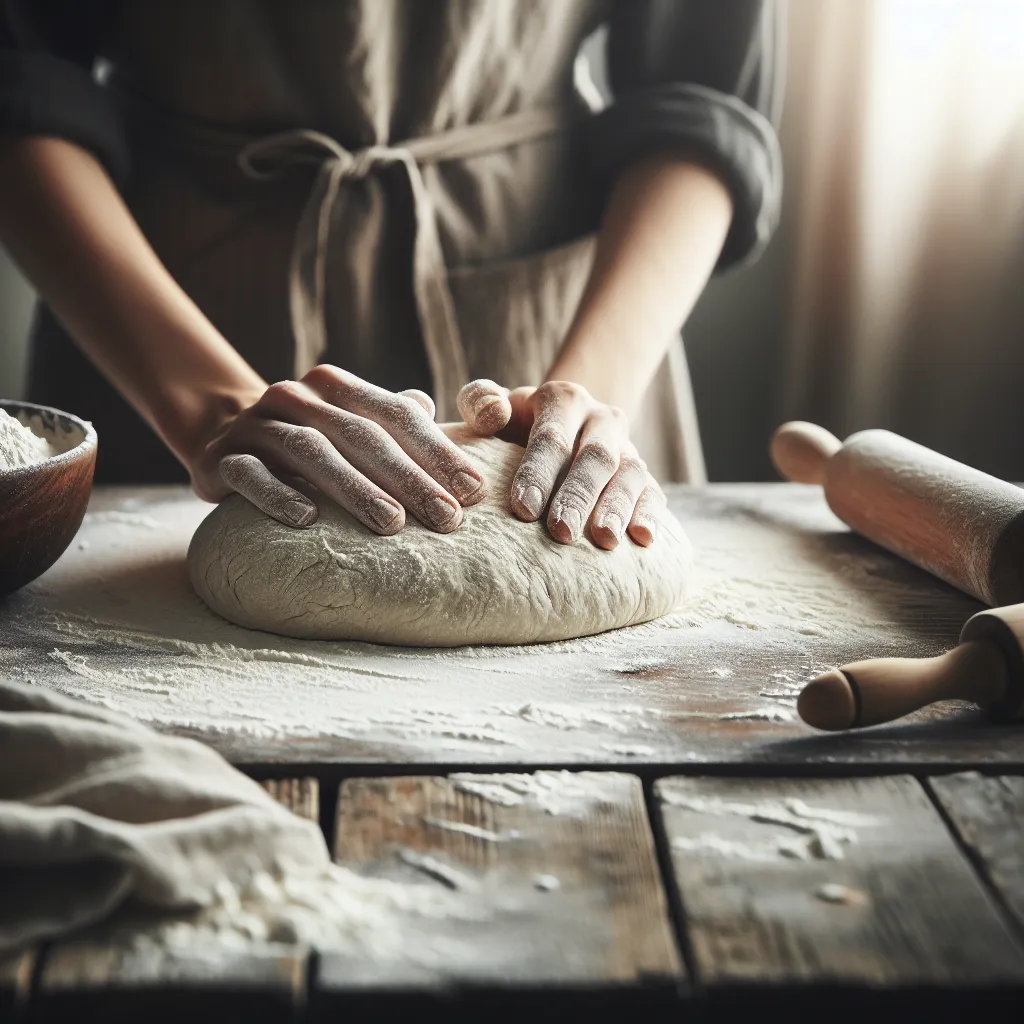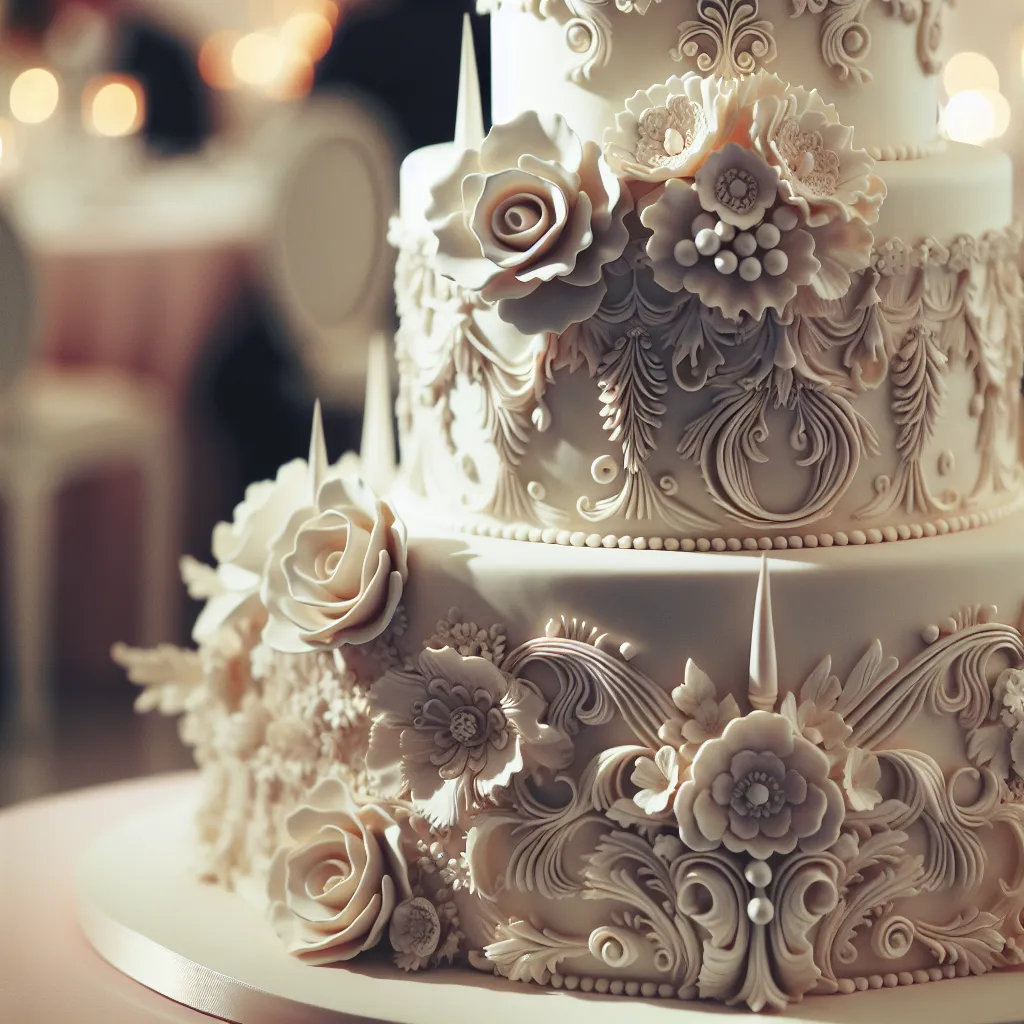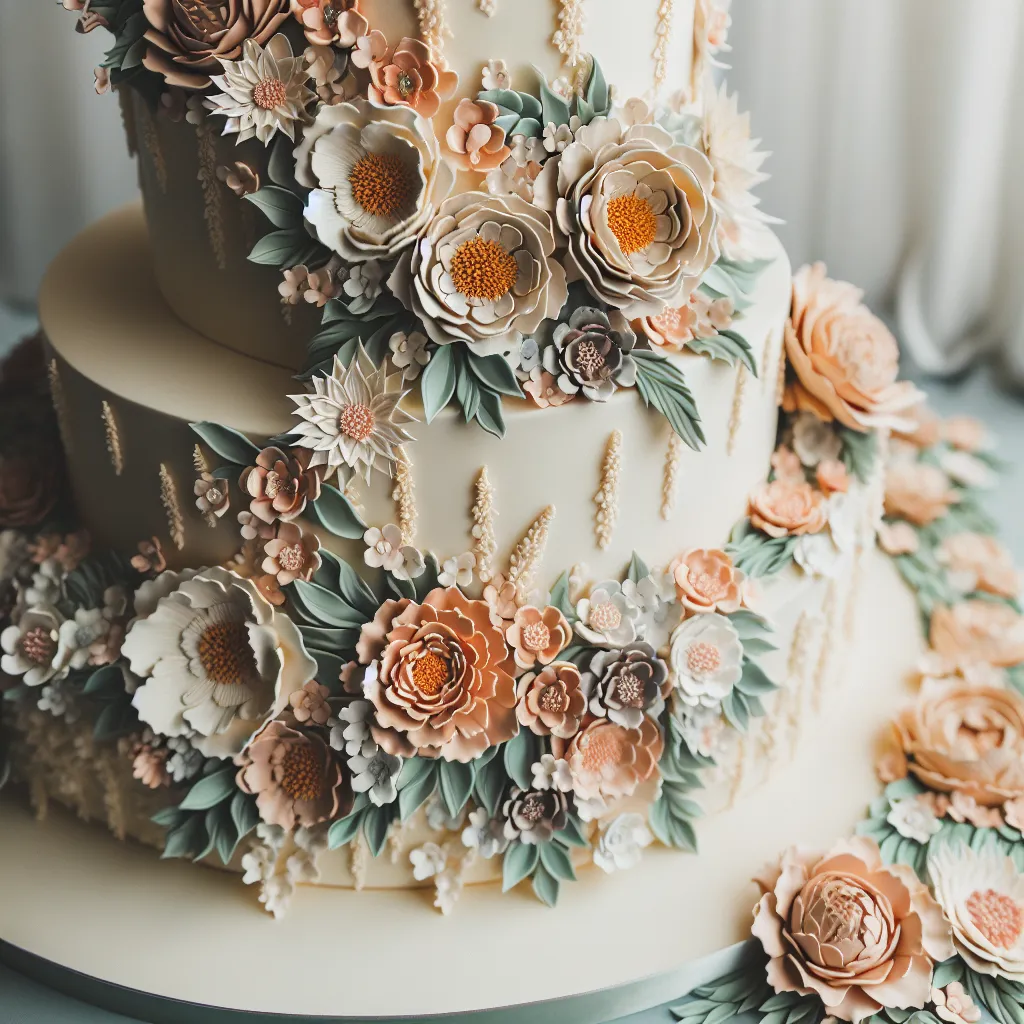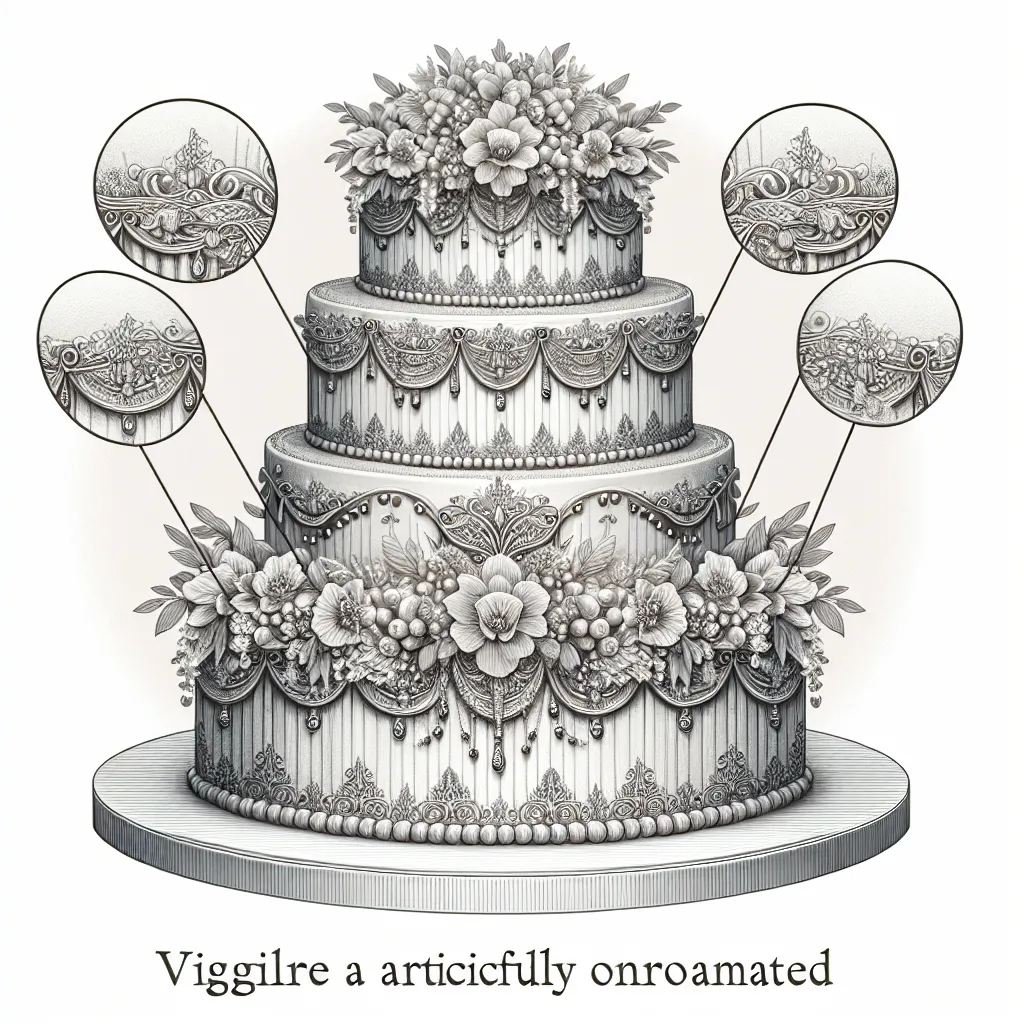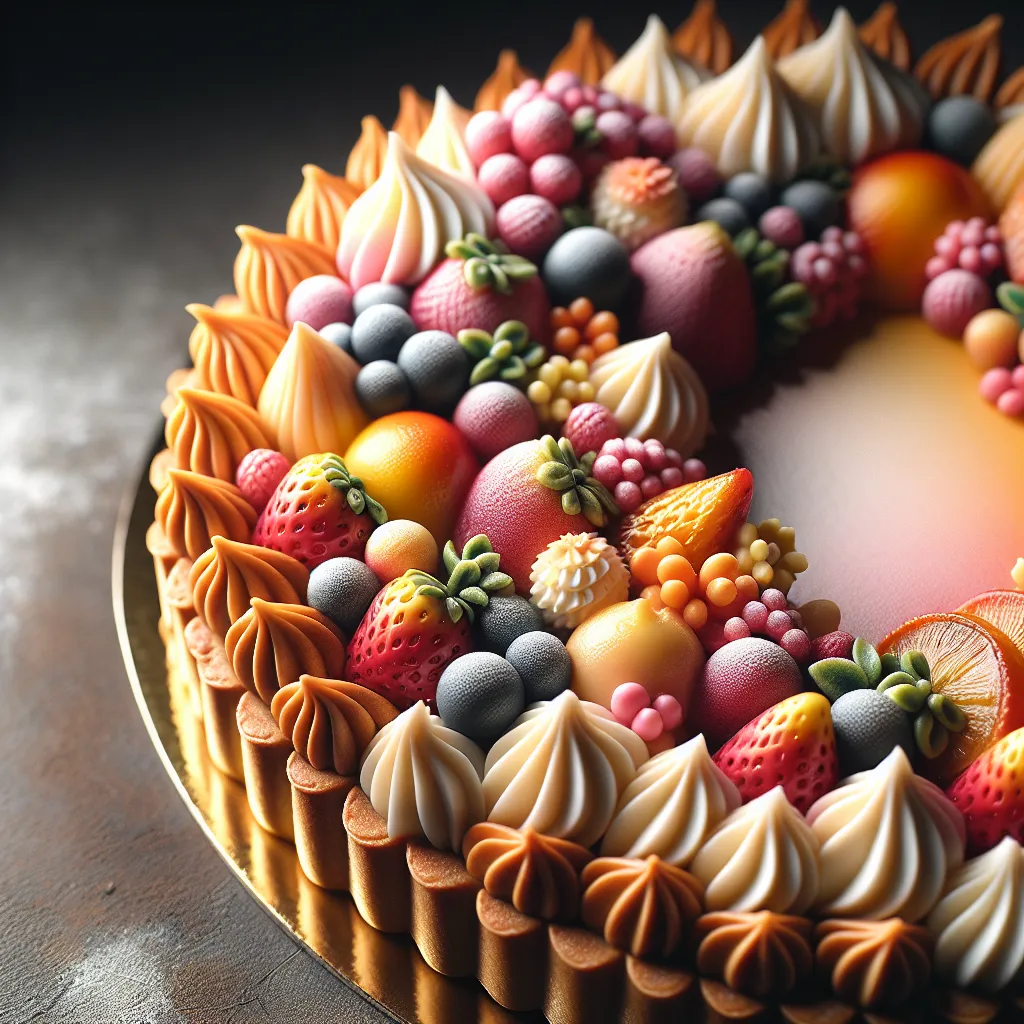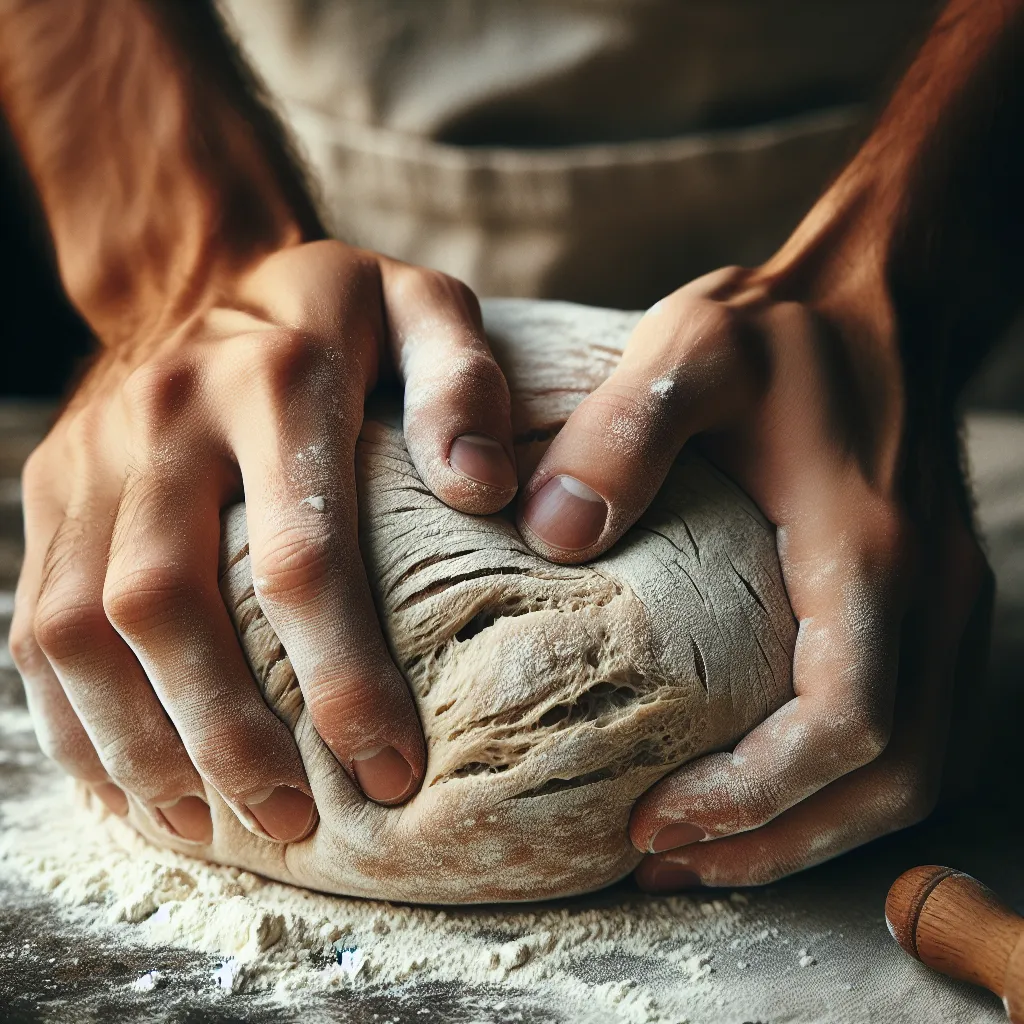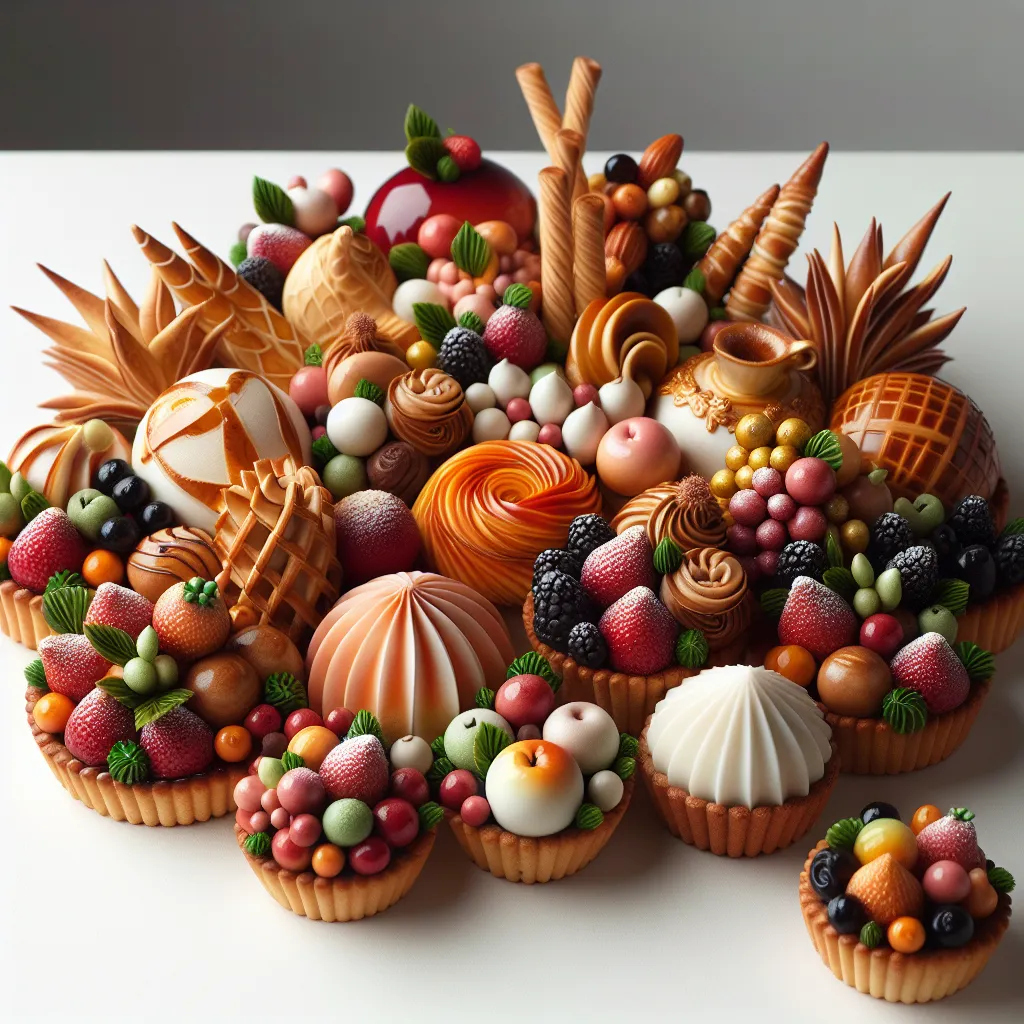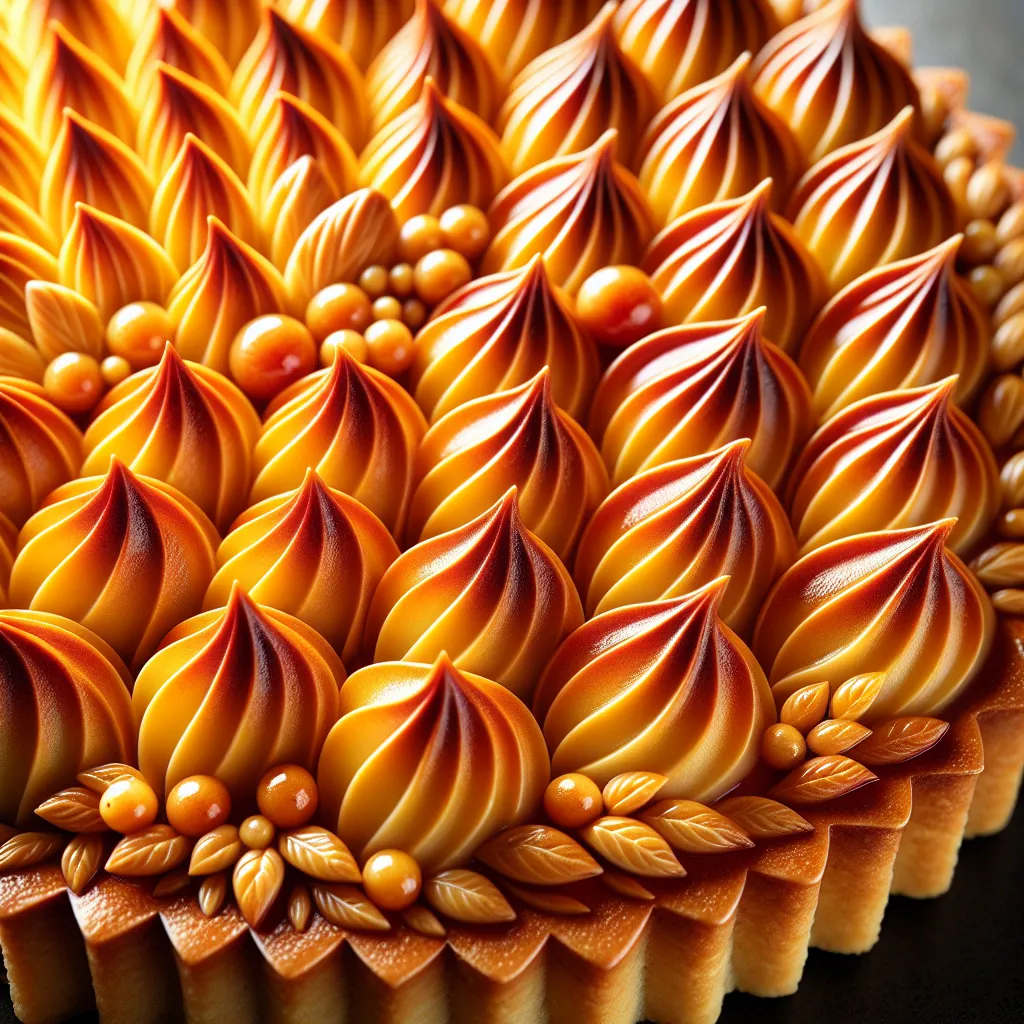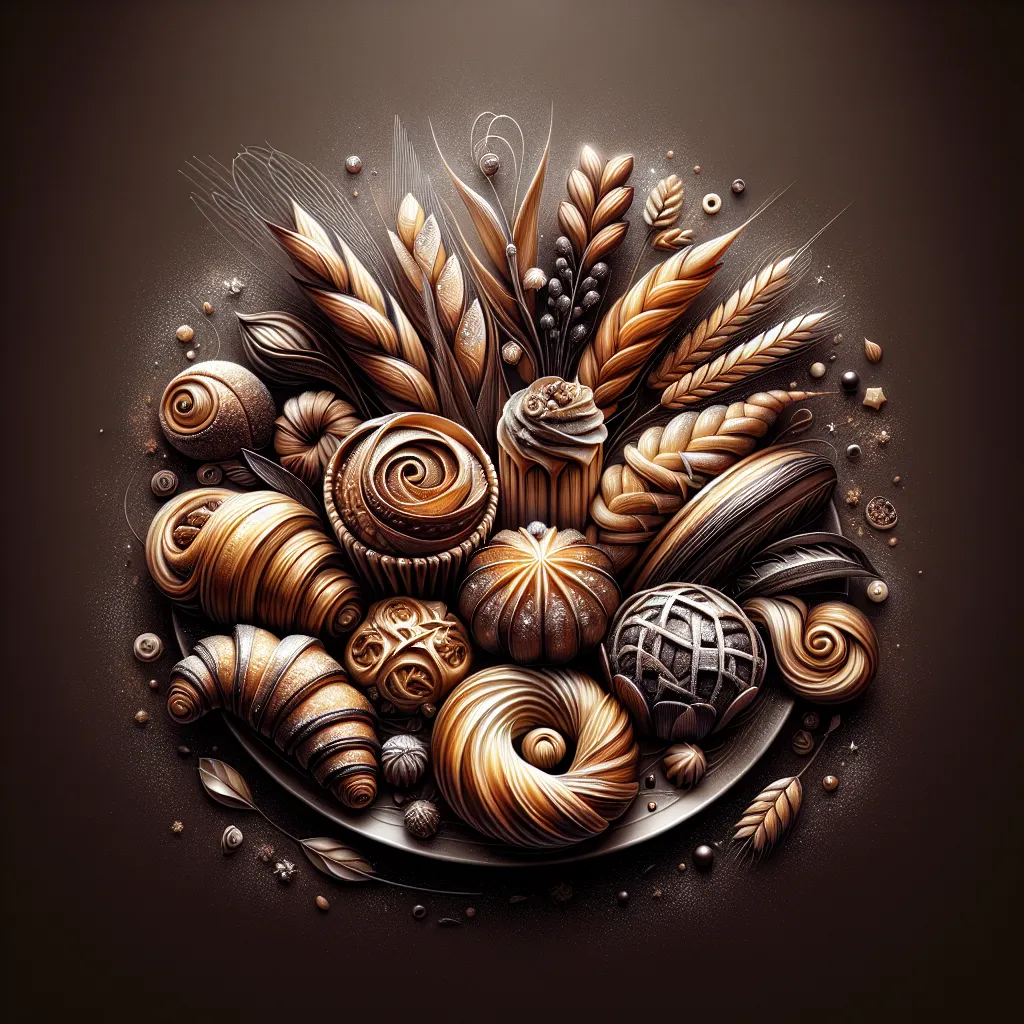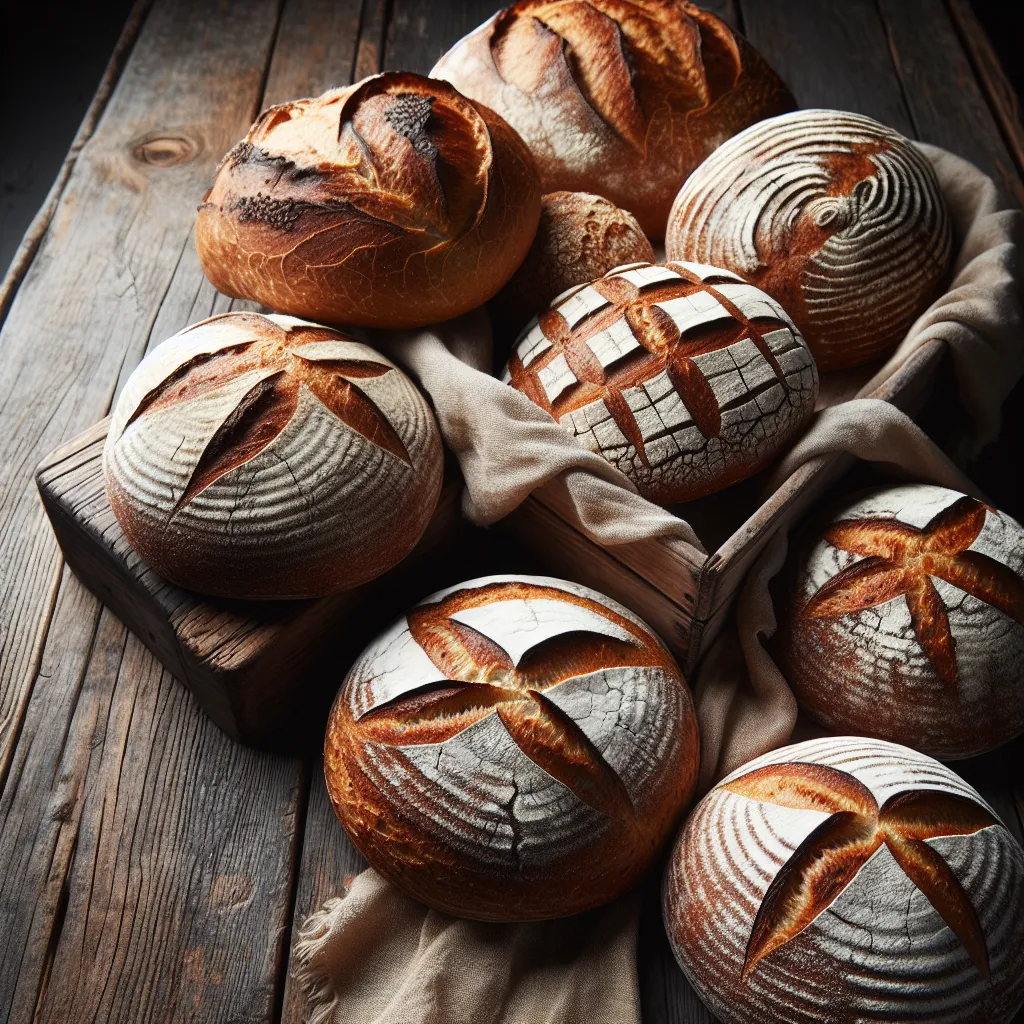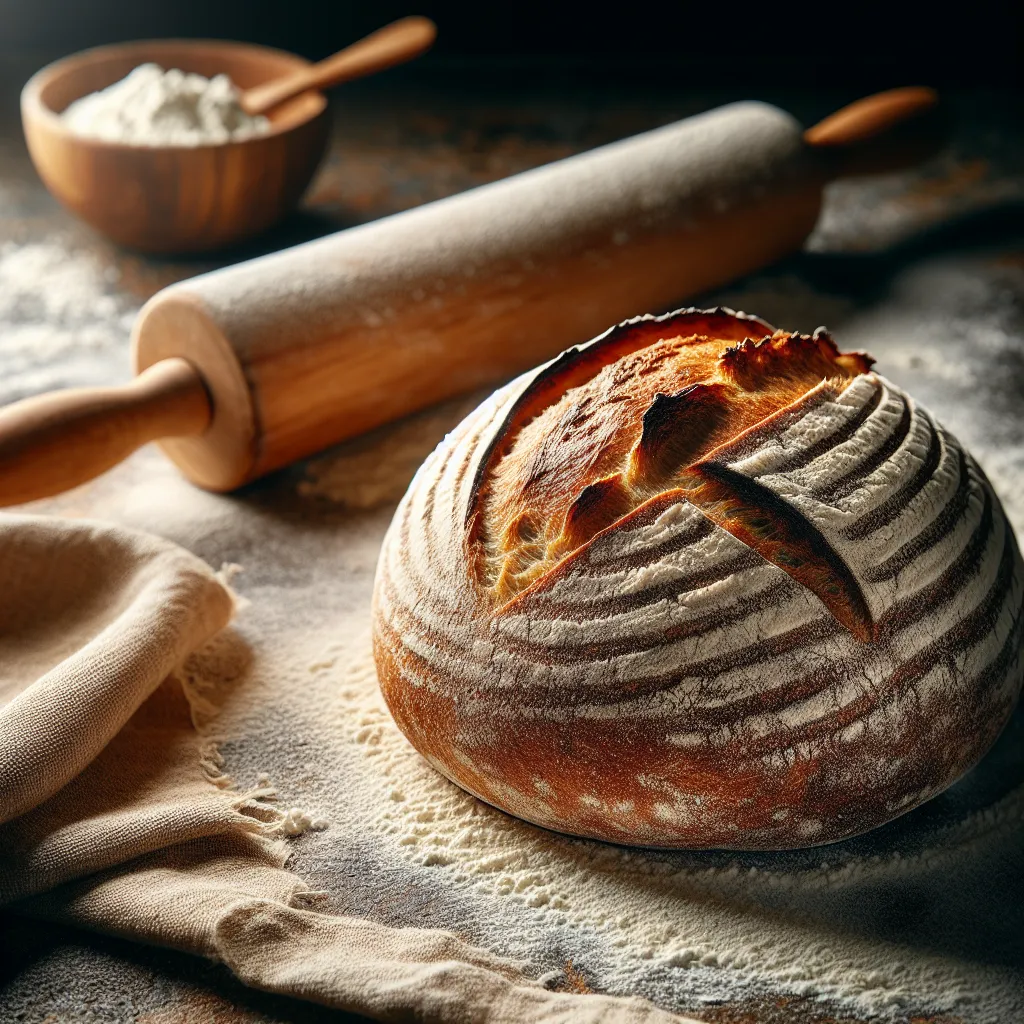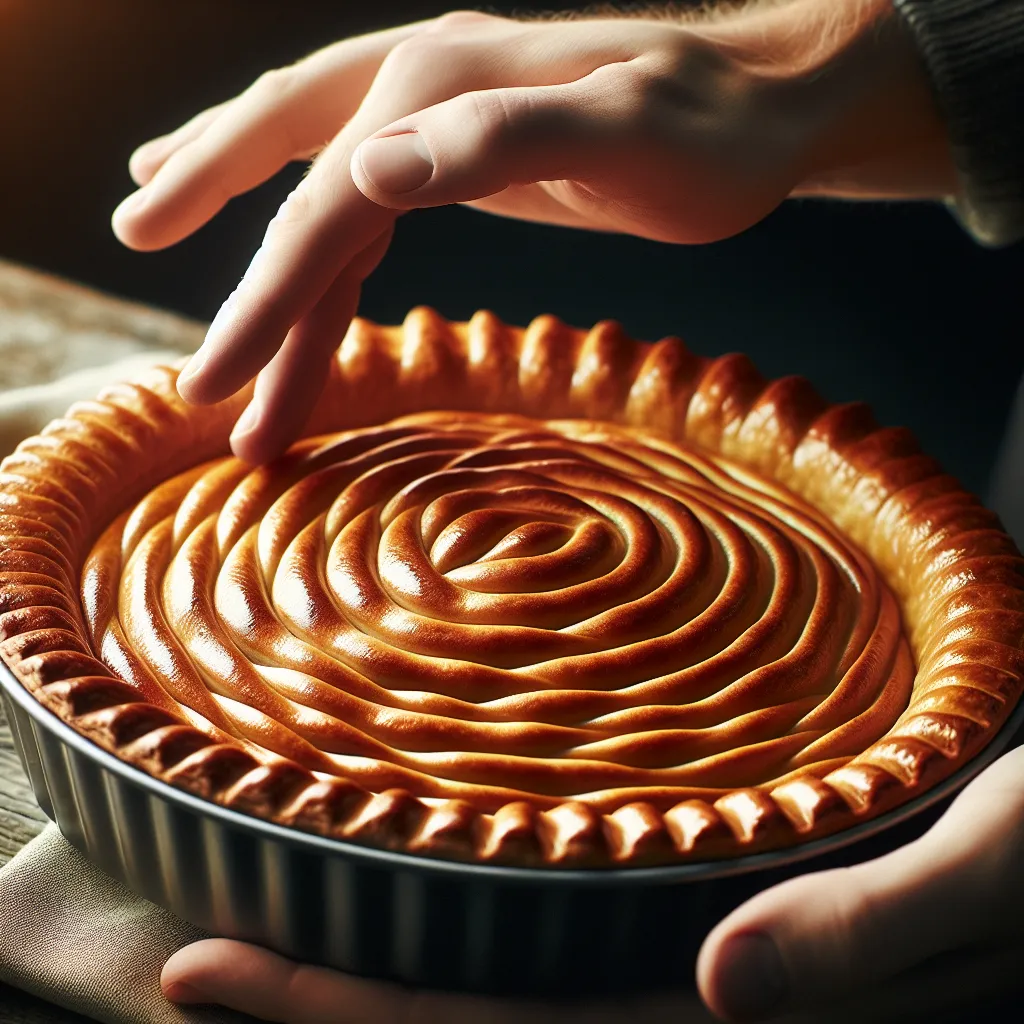Exploring Traditional Techniques in Bread Making
Featuring the allure of traditional sourdough bread making, the article delves into the captivating art and science behind crafting the perfect loaf. It illuminates the time-honored process of capturing wild yeast and beneficial bacteria to develop a sourdough starter, fostering a living ecosystem that influences the bread’s flavor and texture. The engrossing narrative further explores the dedicated care of the sourdough starter, emphasizing the deep comprehension it offers in the bread making process. Highlighting the interplay between humans, nature, and food creation, the article advocates for cherishing ancient methods as a means of preserving cultural heritage while promising a gratifying and flavorsome journey for enthusiasts.

